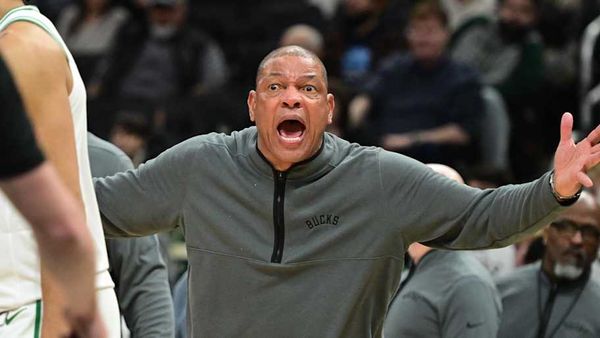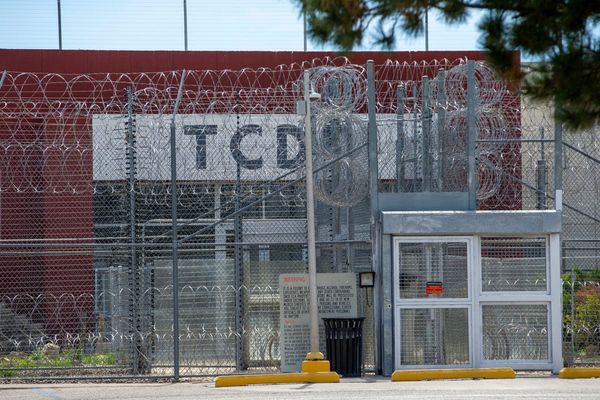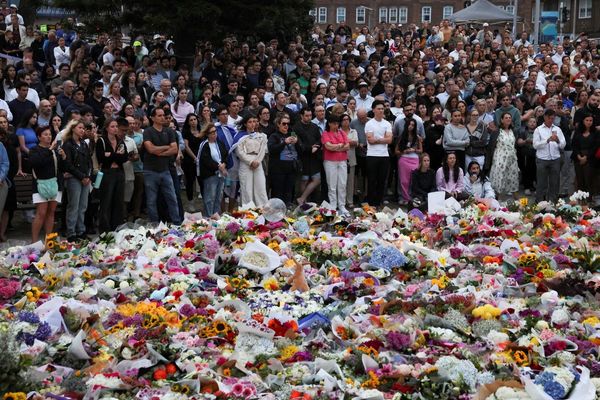As the dust settles on Keir Starmer’s first major reshuffle and politicos begin to scour the names of the ministers in his new cabinet, one could be forgiven for wondering whether anything much had changed at all.
In fact, a veteran former MP summed it up quite curtly: “It was the moving the deckchairs on the Titanic reshuffle. Same faces, different positions.”
And with Nigel Farage looming large at Reform’s conference in Birmingham, the Labour government did not seem to be avoiding a collision course with calamity.
As harsh as this may sound, the reality is that when Starmer’s cabinet meets next week, only one new face will have been added – Emma Reynolds, the new environment secretary.
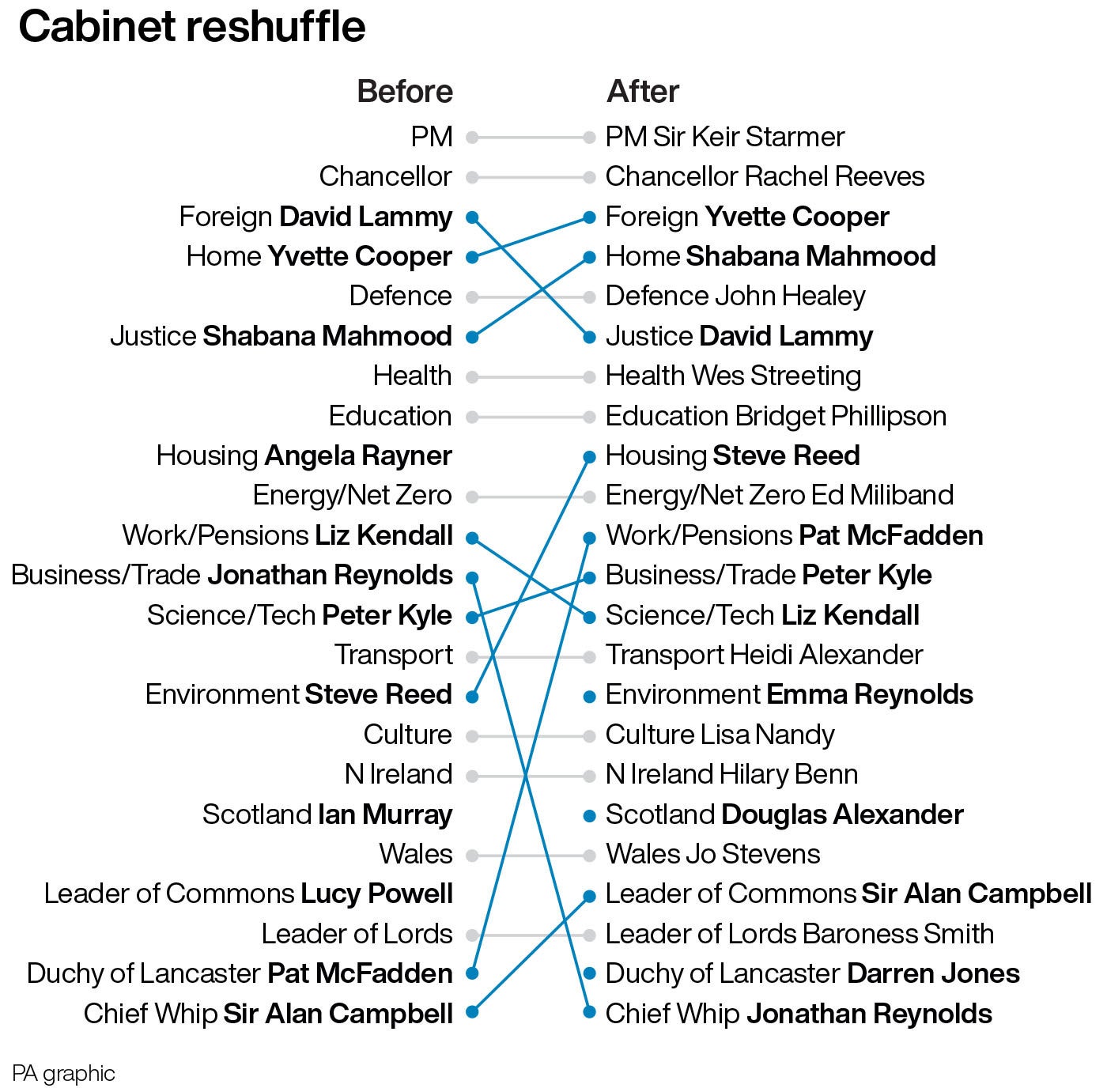
More have left – Angela Rayner as deputy prime minister and housing secretary; Ian Murray as Scottish secretary; and Lucy Powell as Commons leader.
Meanwhile, Yvette Cooper, David Lammy, Shabana Mahmood, Pat McFadden, Steve Reed, Peter Kyle, Jonathan Reynolds, and Alan Campbell have all just taken part in a massive job swap.
The only other one promoted into the cabinet – new Scottish secretary Douglas Alexander – was actually already attending cabinet in his previous role as a trade minister.
Big names like chancellor Rachel Reeves, health secretary Wes Streeting, defence secretary John Healey, education secretary Bridget Phillipson and culture secretary Lisa Nandy remained unmoved.
In effect, Starmer had attempted to give the impression of substantial change to deal with his domestic political woes and a flatlining economy without effecting much change at all.
But arguably, he has now managed to land himself a weaker, less experienced cabinet.
The loss of Rayner – for which her allies blame the PM directly as much as her own behaviour of avoiding taxes – leaves a large hole.
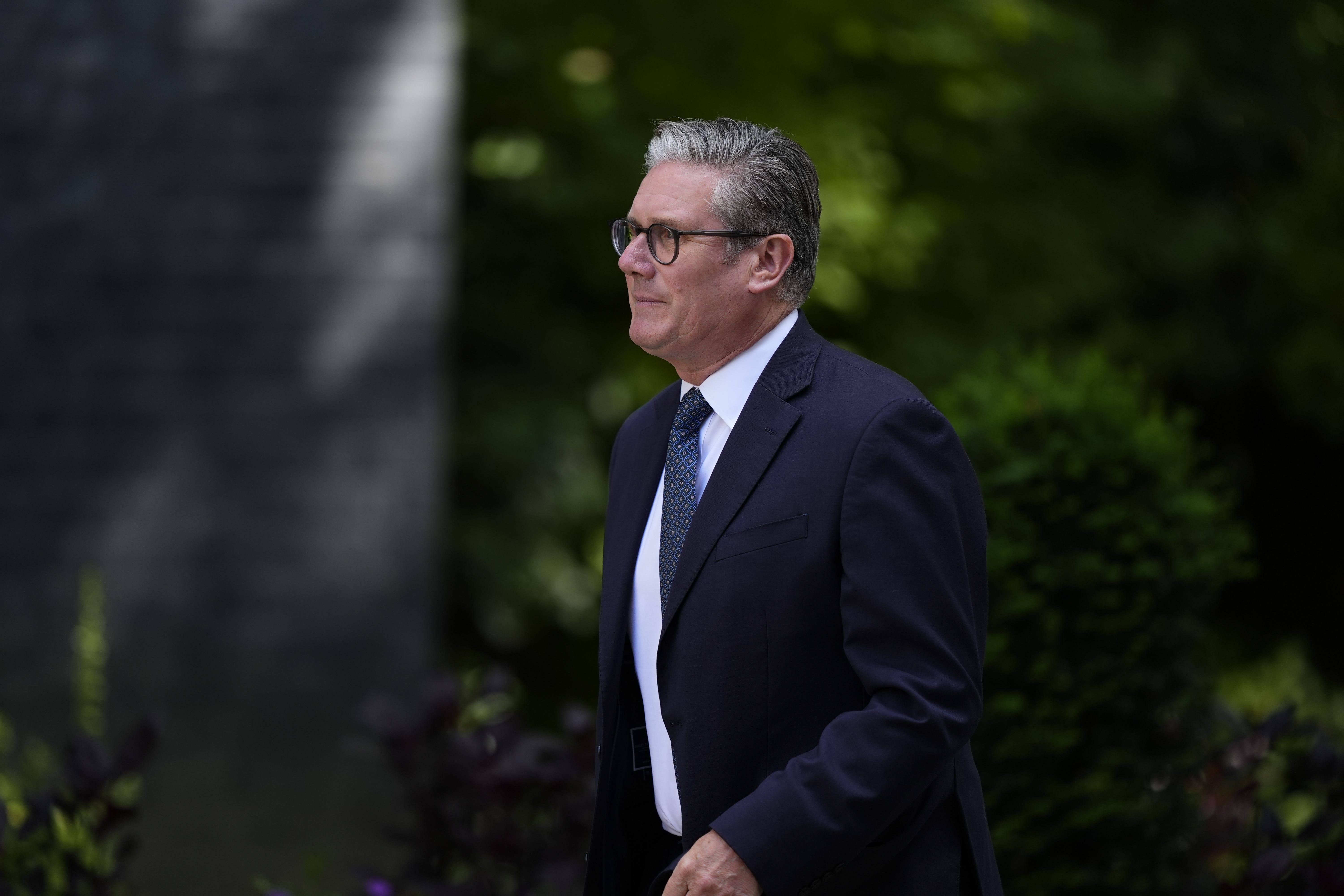
There is now no senior figure from the left of the party at the top table.
Even more concerning is that Rayner was one of just a handful of cabinet ministers from a working-class background, and her relationships with the unions were a valuable asset for the government.
These relationships had allowed her to help Starmer see off the welfare rebellion. Now there is nobody at the top with a union background who also holds the trust of the party’s rebellious left wing.
Meanwhile, the sacking of Murray has bewildered many in Scotland, with Scottish Labour’s longest serving MP seen as a key part in trying to beat the SNP in next year’s Scottish parliament election while holding off Reform.
The one proper new face, Reynolds, is considered a rising star, but there are concerns about her ability to perform in a bigger role, which have not gone away after her infamous gaffe earlier this year when she was unable to say where the proposed Lower Thames Crossing will start and finish in a radio interview.
Starmer may feel that he has brought about the necessary change at the top simply by putting people in jobs which suit them better.
But in effect, he has a narrower, less experienced top team with virtually no fresh blood at a time when he desperately needs to stop the march of Farage and Reform and reverse Labour’s woeful performance in government.
Farage says he misspoke that he bought home in Clacton purchased by partner
Minister rules out early election amid Government reshuffle
Lucy Connolly to appear at Reform UK conference
More changes to Starmer’s top team expected after Lammy appointed deputy PM: Live
All the merch being sold at the Reform party conference in Birmingham
Farage confirms he would send women asylum seekers back to Taliban in Afghanistan

